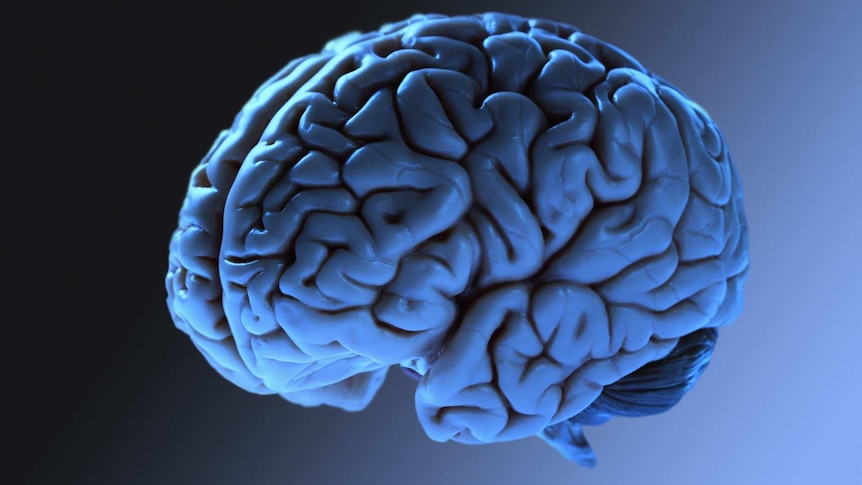Attention-Deficit/Hyperactivity Disorder (ADHD) is often thought of as a childhood condition — a restless boy tapping his pencil in the back of the classroom, or a daydreaming girl staring out the window instead of finishing her math problems. But for millions of people worldwide, ADHD doesn’t vanish at graduation. It grows, transforms, and takes on new shapes in adult life. In fact, many adults who struggle daily with focus, organization, and impulse control never knew they had ADHD until well into their twenties, thirties, or beyond.
ADHD in adulthood is a complex neurodevelopmental condition that influences how the brain regulates attention, motivation, and self-control. It is not a moral failing or a sign of laziness, but a different way the brain processes information and responds to stimuli. While the hyperactive behaviors of childhood may mellow with age, the challenges of inattention, disorganization, restlessness, and emotional regulation often persist. For many, the stakes are higher in adulthood — jobs, relationships, parenting, finances — and the impact of ADHD can be felt in every corner of life.
How ADHD Looks and Feels in an Adult Life
In adults, ADHD doesn’t always manifest as running around the room or climbing on furniture. Instead, it often reveals itself in subtler, but deeply disruptive, ways. The constant mental chatter can feel like a dozen radio stations playing at once. Simple tasks like paying bills, replying to emails, or keeping track of appointments can feel like monumental challenges, not because the person doesn’t care, but because their brain resists the invisible threads that tie a task to its completion.
A common experience for adults with ADHD is “time blindness” — the inability to accurately sense how much time has passed or how much time a task will take. They might plan to spend ten minutes tidying the kitchen and find themselves deep-cleaning cabinets for two hours, or they might underestimate a project deadline and end up in a frantic all-night scramble.
There is also the emotional toll. Many adults with undiagnosed ADHD grow up being told they are careless, lazy, or unreliable. They may internalize these criticisms, leading to chronic feelings of shame, low self-esteem, and self-doubt. This can snowball into anxiety or depression, creating a tangled web of mental health challenges.
The Hidden Struggles Behind Everyday Tasks
On the surface, ADHD can be invisible. A colleague may seem bright and engaging in conversation, yet consistently miss deadlines. A friend may be warm and attentive one day, but forget to respond to messages for weeks. The disconnect between intention and execution can cause misunderstandings in relationships, where others misinterpret ADHD symptoms as indifference or irresponsibility.
In reality, these struggles stem from differences in brain function, especially in the prefrontal cortex — the area responsible for planning, prioritizing, and impulse control. Neurotransmitter systems involving dopamine and norepinephrine work differently in ADHD brains, affecting how motivation and reward are processed. This is why tasks that feel urgent or interesting can capture an ADHD mind completely (sometimes for hours in a state of hyperfocus), while routine or less stimulating tasks are almost physically uncomfortable to start.
The Many Faces of ADHD in Adults
ADHD is not a one-size-fits-all diagnosis. Some adults experience primarily inattentive symptoms — losing track of details, drifting off during conversations, forgetting obligations. Others experience more hyperactive and impulsive traits — feeling restless, interrupting others, making snap decisions they later regret. Many have a combined presentation, where both patterns exist together.
It’s also important to recognize that ADHD can look different depending on gender, culture, and personality. Women, for example, are often diagnosed later in life, partly because their symptoms are more likely to be internalized — daydreaming, disorganization, chronic overwhelm — rather than the more visible hyperactivity often seen in boys during childhood. Cultural expectations and personal coping mechanisms can also mask symptoms, leading some adults to suffer silently for decades.
The Emotional Landscape of Adult ADHD
Living with ADHD means navigating an emotional terrain that can shift dramatically from day to day. Frustration can build when plans collapse, when hours disappear without explanation, or when the same mistakes seem to repeat themselves no matter how hard a person tries to “just do better.” The cycle of setting goals, falling short, and feeling guilty can be exhausting.
At the same time, adults with ADHD often possess deep wells of creativity, resilience, and passion. They may think in innovative ways, solve problems from unique angles, and bring extraordinary energy to projects that inspire them. The challenge is channeling these strengths consistently while managing the vulnerabilities that ADHD brings.
How ADHD is Diagnosed in Adults
For adults seeking clarity, diagnosis can be both a revelation and a relief. The process typically involves a detailed clinical interview, covering not only current symptoms but also patterns that began in childhood. ADHD is a lifelong condition, so its roots must be traced back to early development, even if symptoms were overlooked or misunderstood at the time.
Clinicians may use standardized questionnaires, talk with family members or partners to gather outside perspectives, and assess for other conditions that can mimic or mask ADHD, such as depression, anxiety disorders, sleep problems, or thyroid imbalances. The goal is to create a complete picture, not just a checklist of traits.
Receiving a diagnosis is not about labeling a person as broken; it’s about understanding the lens through which they experience the world. For many, it explains decades of struggles and opens the door to effective support.
Treatment Approaches for ADHD in Adults
There is no cure for ADHD, but there are highly effective treatments that can help adults manage symptoms and improve daily functioning. The most widely recognized approach is a combination of medication, therapy, and practical strategies tailored to the individual’s needs.
Stimulant medications, such as methylphenidate or amphetamine-based prescriptions, work by increasing dopamine and norepinephrine activity in the brain, which can improve focus, motivation, and impulse control. Non-stimulant medications are also available for those who cannot tolerate stimulants or prefer alternative options. Medication is not a magic switch, but for many, it can significantly level the playing field.
Therapy plays an equally important role. Cognitive Behavioral Therapy (CBT) for ADHD focuses on building skills for organization, time management, and emotional regulation, while also addressing the negative self-talk that often develops from years of untreated symptoms. Coaching and structured support systems can help adults stay on track with goals and create sustainable habits.
Lifestyle adjustments — regular exercise, healthy sleep, balanced nutrition — can also influence brain function and emotional resilience. Mindfulness and meditation, though challenging at first for restless minds, have shown promising results in improving attention and reducing stress.
Navigating Relationships with ADHD
ADHD doesn’t just affect the person who has it; it shapes the dynamics of every close relationship. Partners may feel frustrated by forgetfulness or impulsive decisions. Friends may feel neglected when messages go unanswered. Colleagues may interpret lateness or missed details as a lack of professionalism.
Open communication is crucial. Adults with ADHD benefit from being upfront about their challenges and their strategies for managing them. Likewise, partners and loved ones can learn about ADHD to separate the symptoms from the person’s character. Patience, understanding, and collaborative problem-solving can transform relationships strained by misunderstanding into ones strengthened by mutual support.
The Role of Self-Compassion
Perhaps one of the most powerful tools for adults with ADHD is self-compassion. Many have spent years battling not only their symptoms but also their own internalized shame. They may compare themselves harshly to others who seem to “have it together,” overlooking their own unique strengths.
Self-compassion does not mean ignoring the impact of ADHD or avoiding responsibility. It means recognizing that challenges are part of a neurological difference, not a personal failing. It means celebrating small victories, forgiving setbacks, and treating oneself with the same kindness one would offer a struggling friend.
Looking Toward the Future
Research into ADHD is evolving rapidly, uncovering more about its genetic underpinnings, brain circuitry, and the most effective interventions. Social awareness is also growing, reducing the stigma that has kept so many adults from seeking help. In workplaces, more companies are beginning to understand neurodiversity, making space for different work styles and strengths.
The future for adults with ADHD holds both challenges and promise. With the right combination of treatment, understanding, and personal strategies, it is entirely possible to thrive — not by erasing ADHD, but by learning to navigate it with skill, creativity, and self-awareness.
A Life Lived Fully, With ADHD
ADHD may make some aspects of life more complicated, but it can also bring an intensity and richness to the human experience. Adults with ADHD often live with vivid imaginations, a hunger for novelty, and a deep empathy for others who struggle. They can excel in careers that reward quick thinking, adaptability, and innovation.
The journey is not about becoming “normal” but about becoming the most effective and fulfilled version of oneself. Understanding ADHD is the first step. Seeking treatment and support is the second. And the rest is a lifelong process of growth, experimentation, and self-discovery — a process that, like the ADHD mind itself, is rarely linear, but always capable of brilliance.






